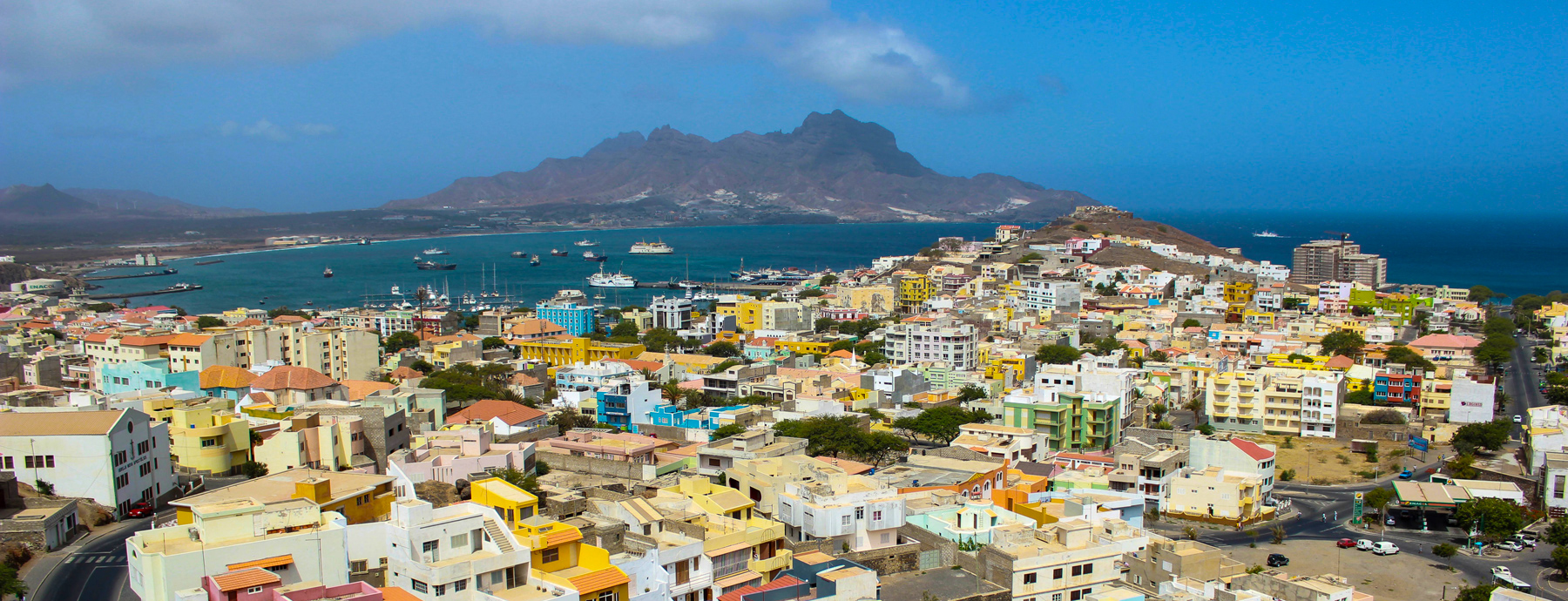Cabo Verde
AIMS National Project
Language: Portuguese
Independence: 5 July 1975
Area: 4,033 km2 000 sq mi
Population: 538,535
Currency: Escudo
Electricity – production: 287 million kWh
Electricity – consumption: 266.9 million kWh
Carbon dioxide emissions: 430,000 Mt

PROJECT PIPELINE
|
PROJECT NAME |
DESCRIPTION |
|
Lighting LED bulbs for the Cities |
Project consists of replacing the bulbs in street lighting lamps led to the cities in order to reduce energy consumption in public lighting |
|
Energy Conservation and Energy Efficiency Plan |
Project for the development of a National Energy Efficiency Program. Main activities will include: (i) the diagnosis of the current energy situation, both on the demand and supply sides, for the following sub-sectors: oil products, firewood, electricity and water production — through this activity, a comprehensive assessment of sectoral energy use and energy savings potential, including benefit and cost analysis for key interventions will be conducted; (ii) the analysis of constraints and obstacles to the rational use of energy; and (iii) the development of an action plan and short-term recommendations and defining the main lines of a policy for managing energy consumption in the long-term. |
|
Cape Verde 100% Renewable Energy Plan For 2020 |
A Strategic Vision For The Future – Investments in Electricity Sector 2012-2020. Short Term Objective until End of 2014: Detail Engineering Concepts and implement first; Mid Term Objective until End of 2017: Installation of new renewable energy production and short-term storages at all islands; Long Term Objective until End of 2020: Installation of seasonal storages and additional renewable energy production sites |
|
Creating a Reference Center for Renewable Energy and Energy Efficiency |
Project for the transformation of a small village in a Reference Center for Energy Efficiency and Renewable Energy. This community has already a small off-grid project with hybrid solar, thermal and wind technology. Cape Verde has a lot of similar villages and the Government aims to achieve a 50% penetration of Renewable Energy by 2020 and its necessary to analyze the possibilities of RE and EE |
|
Maio – The Efficient Island |
This project aims to transform an island with efficient low energy bulbs for street lighting with energy audit performed on all consumers with awareness programs on energy efficiency |
|
Development of a regulatory framework for Renewable Energy and Energy Efficiency |
Project to identify the best option in terms of regulation and legislation of energy efficiency and renewable energy for Cape Verde, Taking into account international best practices in order to achieve power challenges proposals for 2020 and 2033. |
|
Desalination through renewable energy for remote areas |
Project to install water desalination systems in containers, using renewable energy in areas with no connection to the network in order to provide these small areas with potable water for human consumption and accesses to sustainable energy |
|
PV Systems for Healthcare Facilities |
The project is to implement three pilot projects to install and commission up to 50kw of power to meet lighting, refrigeration, and cooling services during normal operations, during the natural disaster cycle, and from climate change impacts. The overall goals of the pilot are to determine if PV systems can operate and potentially provide an independent source of energy for the operation of the countries’ healthcare facilities enabling them to operate in a more efficient manner and provide improved services to the population, regardless of the operating and economic status of the national utility. It is expected that the facilities will generate a minimum of 80 MW-hours of solar electricity, per year, and positively impact at least half a million people. The pilot projects, when implemented, should provide accurate information on the potential of renewable energy to provide cost effective, reliable and high quality energy that healthcare facilities require in order to operate efficiently, as the renewable energy could independently and cost-effectively provide communication and other key utility services for the health facility, independent of the national grid in those countries. |

